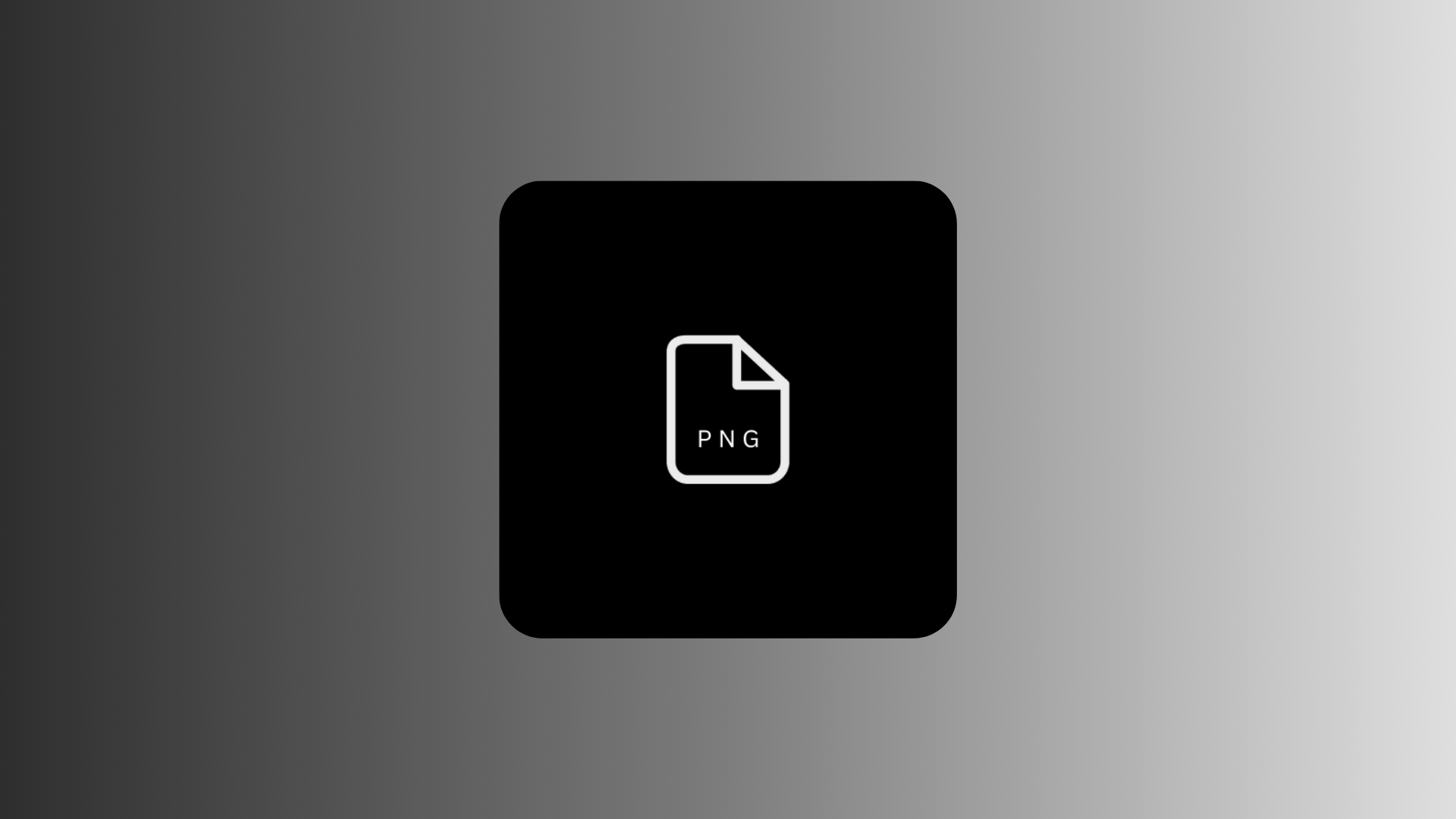
PNG stands for Portable Network Graphics. It is a widely used raster image format known for its lossless compression, which preserves image quality even after editing or saving multiple times. Developed in the mid-1990s as an alternative to the older GIF format, PNG supports millions of colors and transparency, making it a popular choice for web design, digital graphics, and screenshots.
One of the main features of the PNG format is its ability to handle transparency. It allows for varying levels of opacity, enabling images to blend seamlessly into different backgrounds. Unlike the JPEG format, which uses lossy compression and can cause image degradation, PNG files maintain their original clarity and detail.
PNG files typically have the .png extension and are supported by virtually all modern web browsers and graphic editing software. This format has become a standard for digital images that require high quality and transparent backgrounds, such as logos, icons, and user interface elements.
In addition to transparency, PNG files support 24-bit RGB color and 32-bit RGBA color (which includes an alpha channel for transparency). This versatility makes PNG ideal for images that require fine detail and smooth color transitions. However, because of its lossless nature, PNG files can be larger in size compared to JPEG files.
Overall, PNG is a robust and reliable image format that has earned its place in digital media thanks to its clarity, transparency support, and broad compatibility.